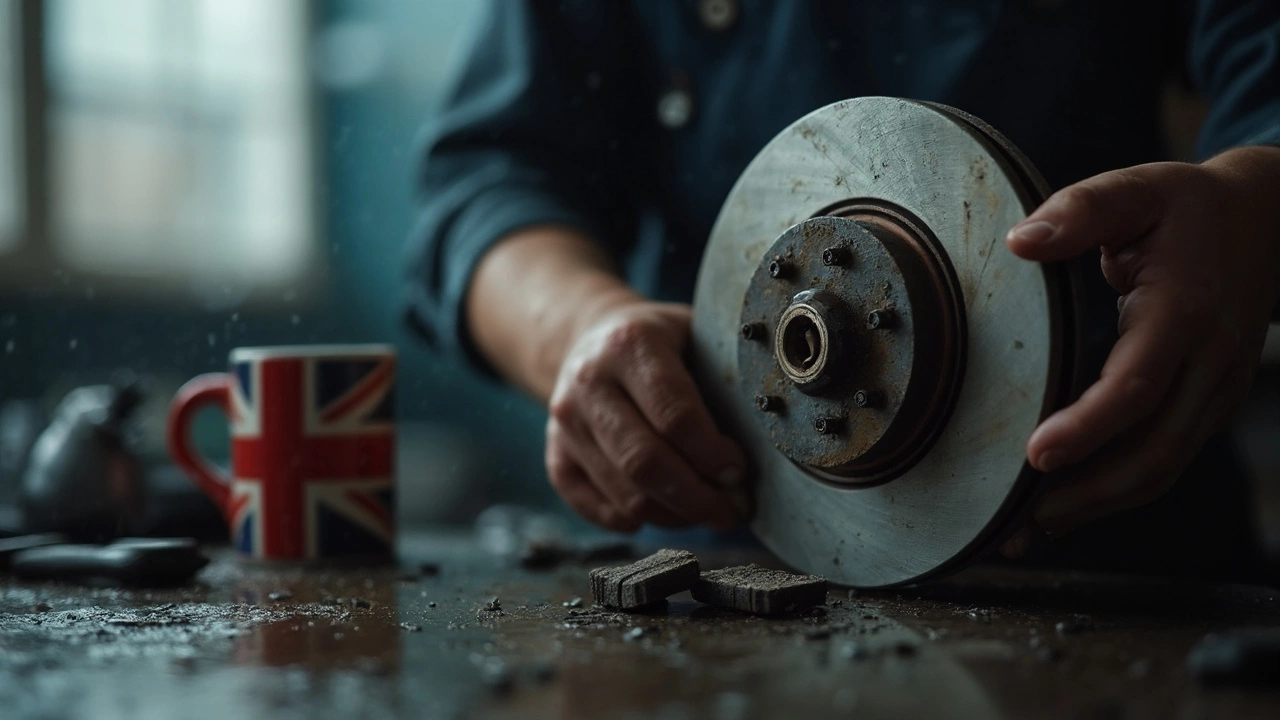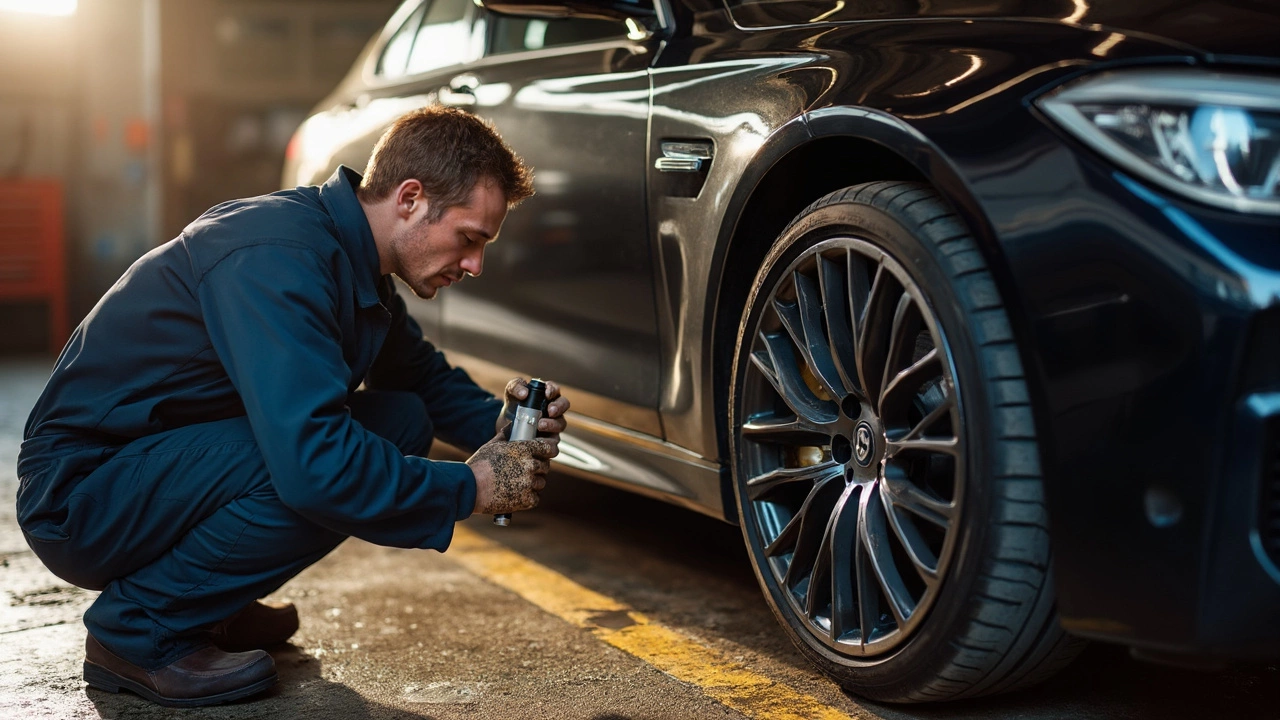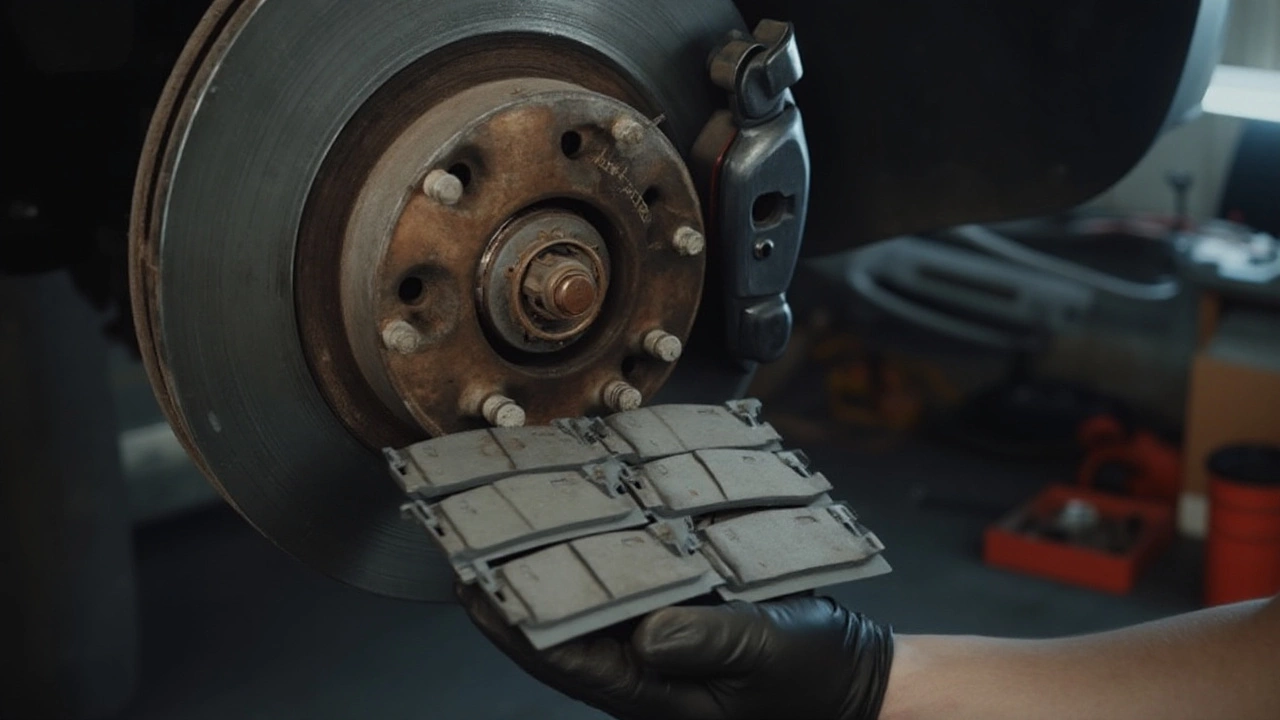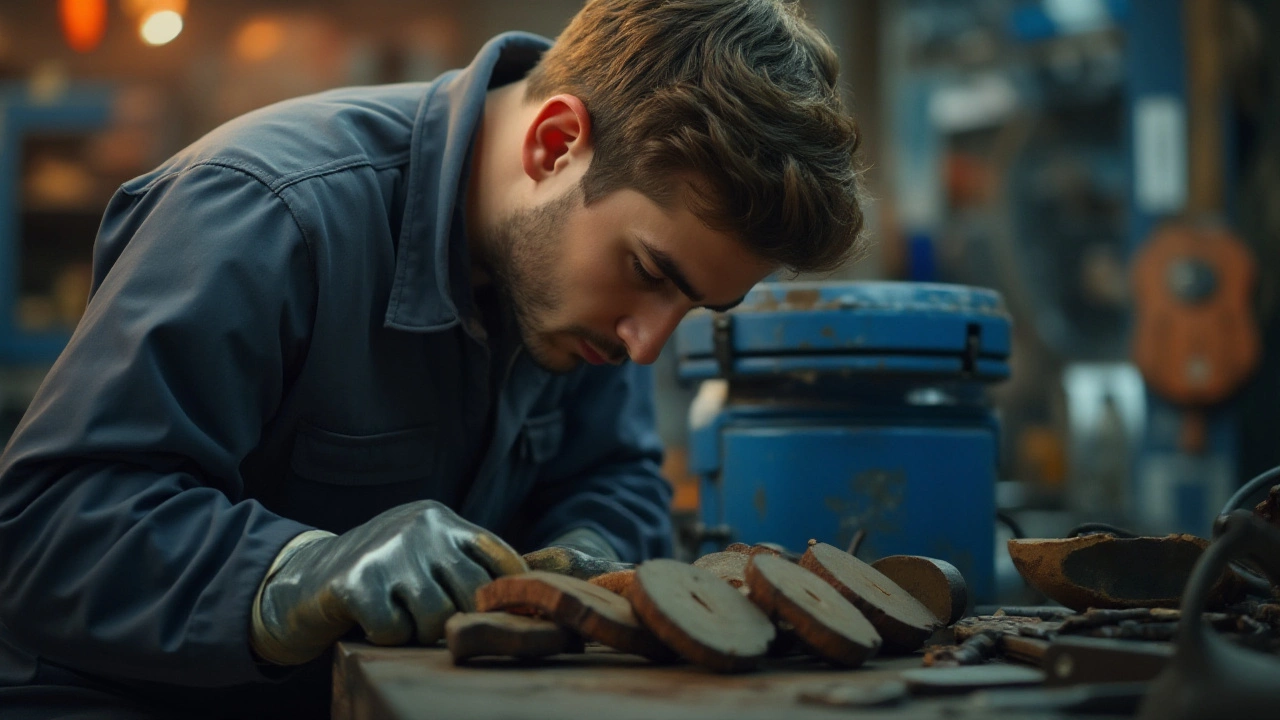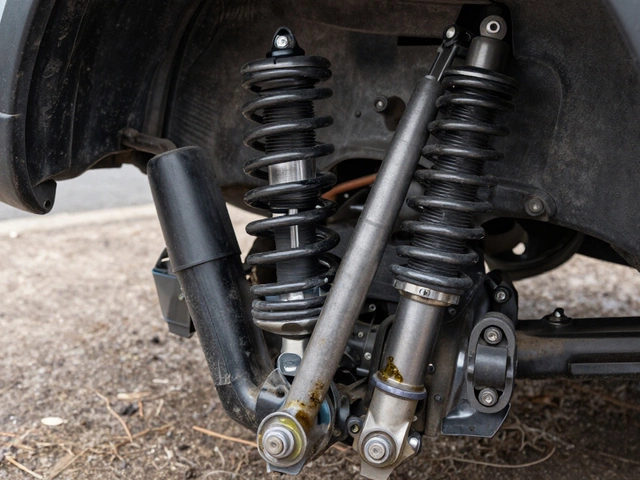Brake Pads: When to Replace Them and What You Need to Know
When you press the brake pedal, brake pads, thin friction materials that clamp onto the brake rotors to slow your car. Also known as brake linings, they’re one of the most critical safety parts in your vehicle. Without them, your brakes won’t stop you effectively — and that’s not something you can afford to ignore. Most drivers don’t think about brake pads until they start squealing, but by then, you might already be damaging the brake rotors, the metal discs the pads press against. And replacing rotors costs way more than replacing pads alone.
Brake pads wear down over time, and how fast depends on your driving. Stop-and-go city driving? They’ll wear out faster than highway cruising. Heavy loads, aggressive braking, or cheap pads? That’s a recipe for early failure. Most pads last between 25,000 and 70,000 miles, but there’s no fixed rule. What matters is how they feel and sound. A high-pitched squeal, grinding metal, or a spongy pedal are all red flags. You don’t need a mechanic to spot these — you feel them. And if your car pulls to one side when braking, that’s often a sign one pad is worn out more than the other.
It’s easy to assume you can just swap the pads and call it done. But that’s where people get caught out. If your brake rotors, the metal discs the pads press against are scored, warped, or too thin, new pads won’t work right. They’ll wear unevenly, vibrate, and might even fail under heavy braking. That’s why checking the rotors every time you replace pads is smart — and sometimes required by safety standards. Some drivers try to save money by skipping rotor checks, but that’s a false economy. A proper brake service includes both parts, and it’s not just about fixing what’s broken — it’s about making sure everything works together.
And don’t forget the bigger picture. Brake pads are part of a system. Worn pads can stress the calipers, hoses, and even the ABS sensor. A failing brake system doesn’t just make stopping harder — it makes driving unpredictable. That’s why regular brake checks aren’t optional. You don’t need to do them every oil change, but if you’ve hit 30,000 miles or notice any weird noises, get them looked at. Waiting until the warning light comes on is like waiting for your tire to blow out before checking the pressure.
Below, you’ll find real-world guides from drivers and mechanics who’ve been there. Whether you’re wondering if you can skip replacing rotors, how to tell when pads are truly done, or why your brakes feel different after a service — the answers are here. No theory. No fluff. Just what works on the road.

